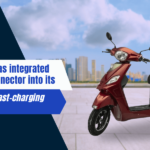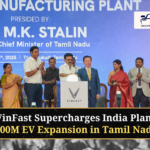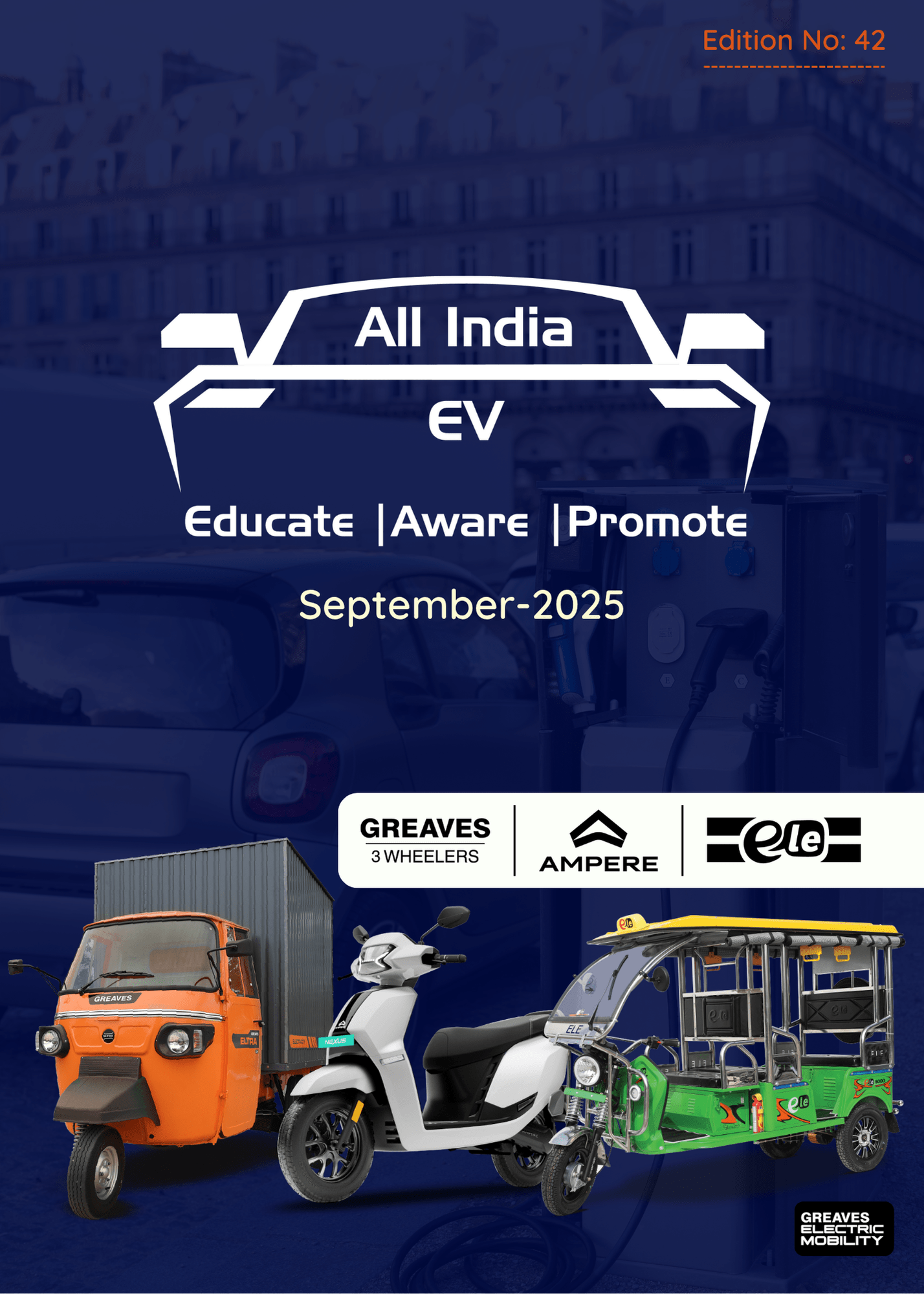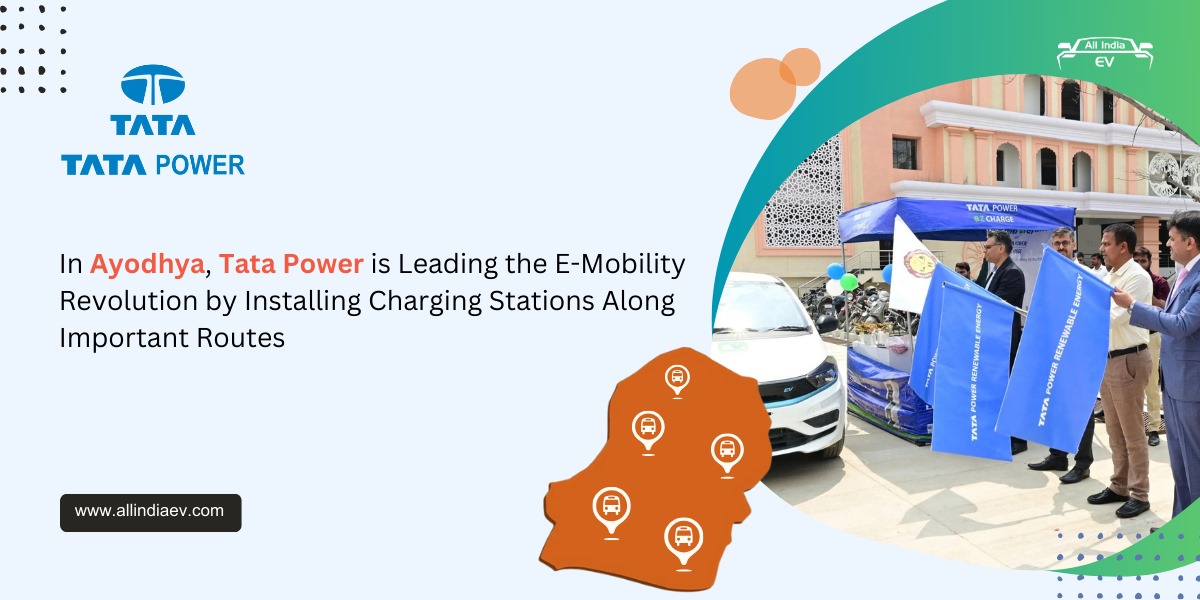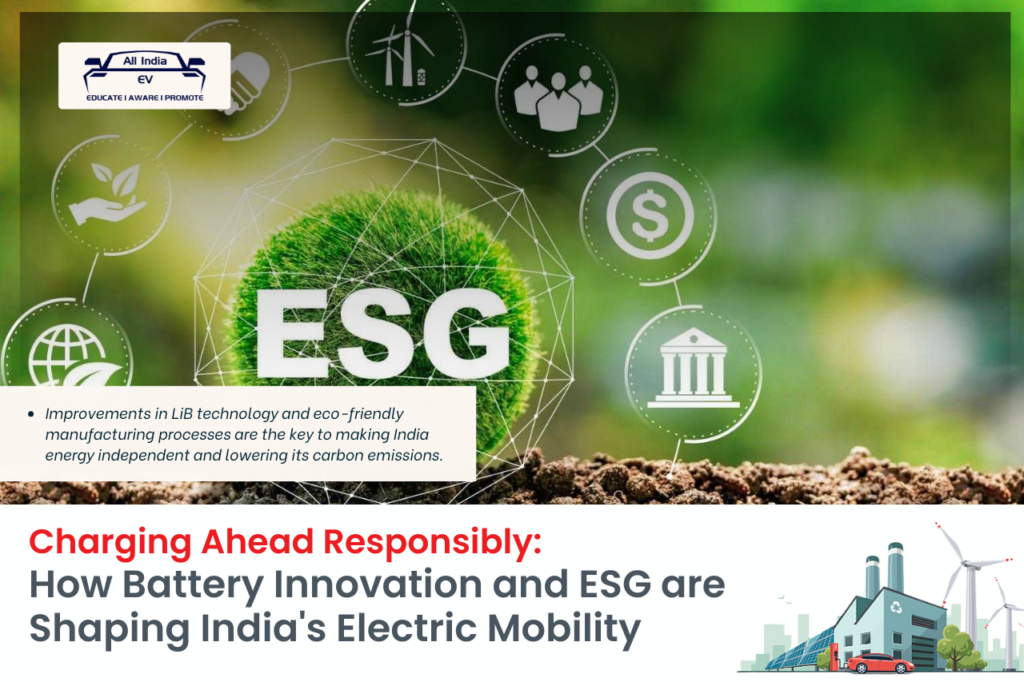
How Battery Innovation & ESG Are Powering Sustainable Growth in India’s Electric Vehicle Industry
As India accelerates its transition to electric mobility, India EV emphasizes that the heart of this revolution lies in a single, powerful component — the lithium-ion battery (LiB), which accounts for over 40% of an electric vehicle’s cost. Beyond powering electric vehicles, these batteries form the backbone of energy storage systems across various industries.
With India targeting net-zero emissions by 2070, the development of advanced, sustainable, and cost-effective battery technology is not just strategic — it is essential. The global demand for LiBs has grown rapidly, with the batteries consuming 60% of the world’s lithium, 30% of cobalt, and 10% of nickel as of 2022. For India, which has limited reserves of these critical minerals, the solution lies in technological innovation, supply chain diversification, and eco-conscious production.
✅ Shifting Towards Sustainable Battery Components
At the core of a lithium-ion battery are four critical components — the cathode, anode, separator, and electrolyte — with cathode and anode materials making up over 50% of the total battery cost.
To reduce dependence on rare minerals like cobalt and nickel, Lithium Iron Phosphate (LFP) batteries have emerged as a promising alternative to the more conventional Nickel Manganese Cobalt (NMC) chemistries. LFP batteries, composed of abundant materials like iron and phosphorus, not only reduce costs but also extend the battery life cycle — aligning well with India’s long-term energy goals.
The anode segment is also seeing groundbreaking innovation. Silicon-doped graphite anodes, which are already being commercialized, increase energy density and reduce battery weight. With 30% of anodes currently being silicon-composite based, the future may see lithium metal anodes becoming mainstream, opening the door to mass-market EV adoption with superior performance.
✅ Lowering Costs to Drive Mass Adoption
The good news is: battery technology is not only evolving — it’s becoming cheaper. By 2025, pack manufacturing costs are expected to decline by 20%, while cell production costs are predicted to drop an additional 10% from 2021 lows. This price reduction is a game-changer in achieving price parity between EVs and internal combustion engine (ICE) vehicles, making EVs more accessible to the average Indian consumer.
✅ Strong Policy Push from the Government
India’s EV ambitions are strongly backed by policy. The Union Budget 2025 removed Basic Customs Duty (BCD) on essential materials like lead, zinc, and cobalt, along with capital goods used in EV production. Moreover, the ₹18,100 crore Production Linked Incentive (PLI) scheme for Advanced Chemistry Cells (ACC) targets the development of 50 GWh of battery production capacity by FY27.
Complementing this, the National Manufacturing Mission aims to boost clean tech capabilities, while the PM E-Drive Scheme incentivizes both EV buyers and charging infrastructure developers. These combined efforts are expected to bring down India’s dependence on imported battery materials — currently dominated by China — to just 20% by FY27.
✅ The Road Ahead: Recycling, Raw Materials & ESG Integration
Despite progress, India must now focus on raw material security and a robust battery recycling ecosystem. Long-term trade agreements with lithium-rich nations like Australia and Latin American countries will be crucial. Simultaneously, battery recycling will help reduce reliance on virgin materials, minimize environmental harm, and improve mineral recovery.
From $780/kWh in 2013 to just $78/kWh in 2024, battery prices have dropped by 90% thanks to technological innovation and economies of scale. Government schemes such as FAME (Faster Adoption and Manufacturing of Hybrid and Electric Vehicles) and Viability Gap Funding (VGF) for Battery Energy Storage Systems (BESS) are paving the way for large-scale adoption.
✅ ESG: The Non-Negotiable Element
As India builds a future driven by electric mobility, environmental, social, and governance (ESG) principles must be embedded into every stage of the EV manufacturing and battery supply chain. ESG can help solve critical challenges related to resource extraction, emissions from high-energy manufacturing, and end-of-life battery waste.
Cleaner production practices, reduced carbon footprints, ethical sourcing, and transparent labor standards will ensure India’s transition to e-mobility is not only fast and affordable but also ethical and sustainable. India EV believes that by embracing battery innovation, domestic production, and ESG values, India can lead the way to a cleaner, greener, and more self-reliant future.



